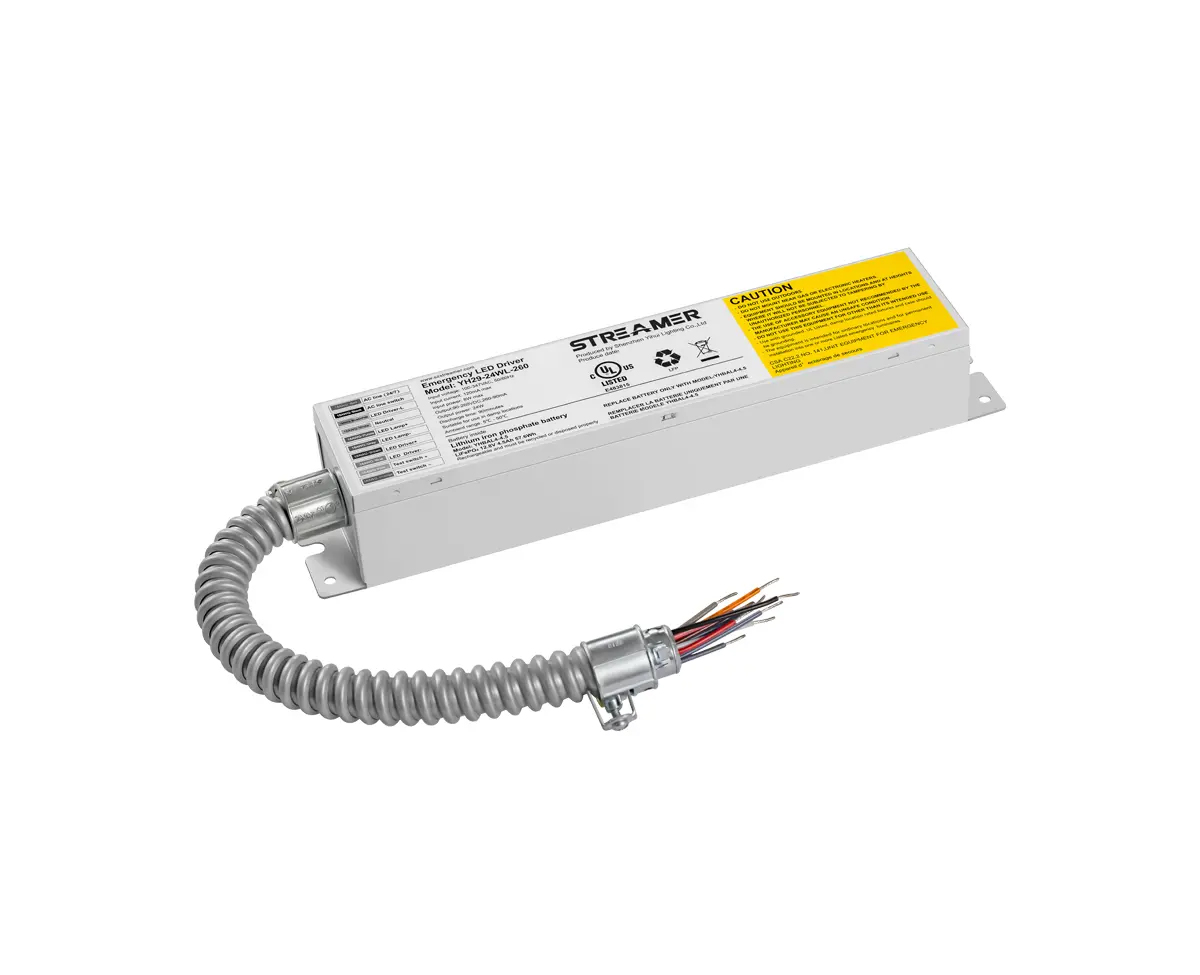 1
1
 Mar 03, 2025
Mar 03, 2025

Drop resistance is another vital aspect of LED emergency power systems. During installation, maintenance, or in the event of an accidental drop, these power units need to be able to withstand the impact without suffering damage that could compromise their functionality.
Testing for drop resistance follows specific protocols. The LED emergency power unit is dropped from a certain height onto a hard surface, such as a concrete floor or a steel plate. The height of the drop is determined based on industry standards and the expected usage scenarios. For example, in a commercial building, the power unit might be dropped from a height equivalent to the typical installation height, usually around 2 - 3 meters. Multiple drops are often performed from different orientations (front, back, sides) to comprehensively assess the unit's ability to withstand impacts.
In real - world situations, the drop resistance of LED emergency power units is critical. Consider a large - scale shopping mall. The maintenance staff may need to access and service the emergency power units located on high ceilings. If a unit accidentally slips from their hands and drops to the ground, it should still be able to function properly. A failure of the emergency lighting due to a dropped power unit could lead to panic among shoppers and potential safety hazards in the event of a power failure.
To improve drop resistance, manufacturers employ several strategies. They use shock - absorbing materials within the enclosure to cushion the internal components during a fall. Some designs also incorporate internal frames or structures that can distribute the impact forces evenly, reducing the stress on individual components. Moreover, the electrical connections within the power unit are made more robust to prevent disconnection during a drop. By focusing on drop resistance, manufacturers can ensure that LED emergency power systems remain reliable even in the face of accidental drops, providing continuous emergency lighting when it is most needed.